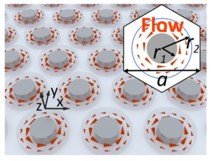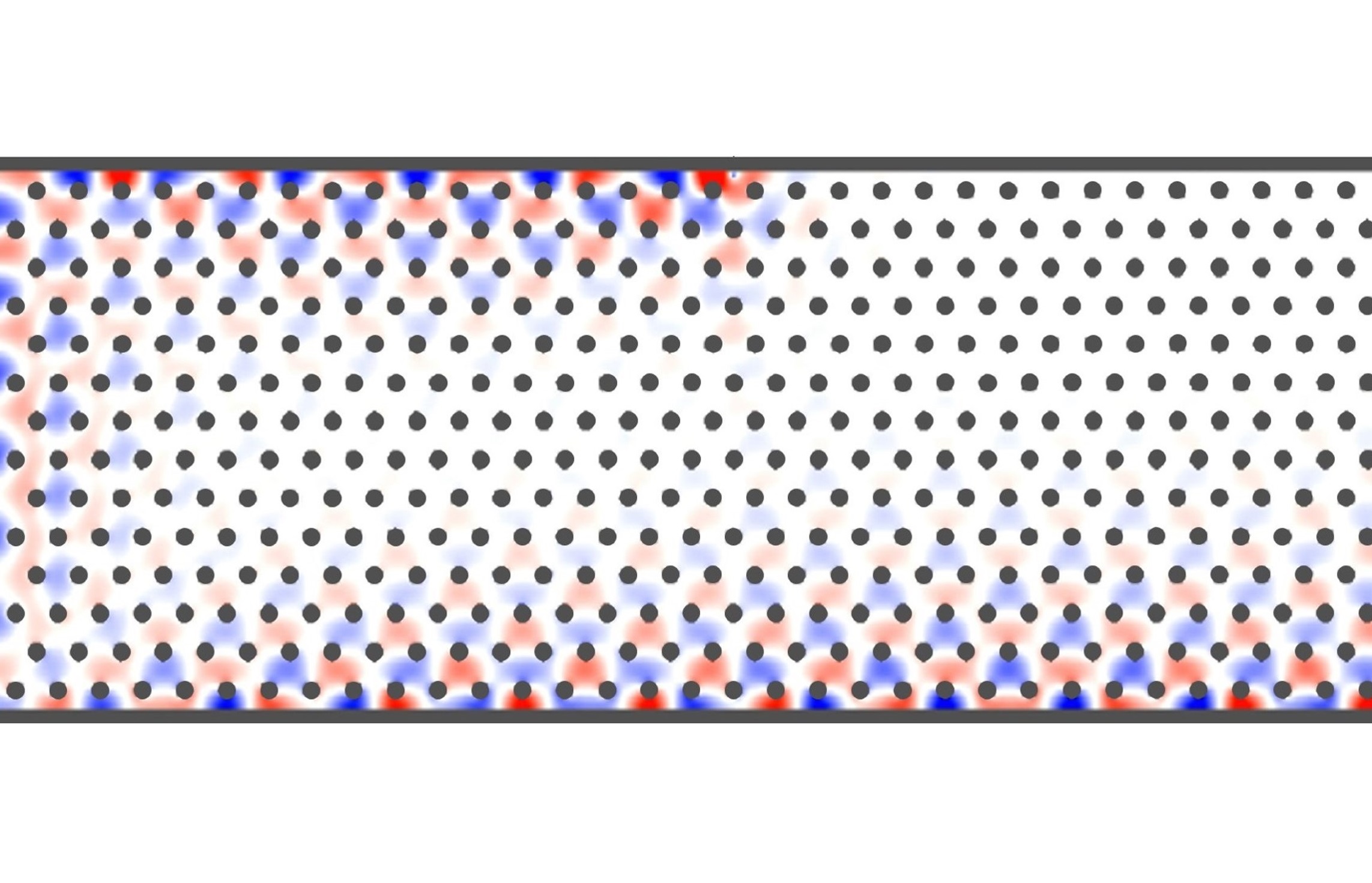Usually, sound reflects off of the objects it encounters, bouncing some sound waves back in the direction from which they came — this phenomenon is familiar in the application of sonar. No technology has yet been developed that can provide sonar invisibility to any object, but a team of Singaporean researchers recently proposed a novel material surface that could do just this by directing sound waves around an object to be sent off in one direction on the other side.
The technology shares some features with topological insulators, which direct the flow of electrons along a surface, and builds on recent advances in our understanding of a class of electronic waves called “topological edge states.”

“‘Topological edge states’ are a kind of state originally found in electronic topological insulators and quantum Hall systems,” Dr. Baile Zhang of Nayang Technological University, who led the research, told The Speaker. “They are technologically promising because they are immune to backscattering from defects and disorders, similar to superconductors. But later it was found that topological edge states can also be constructed with classical waves, like electromagnetic waves and mechanical vibrations.
The proposed surface prevents sound waves from propagating through the middle of a two-dimensional triangular lattice of spinning metal cylinders. The periodic pattern of the lattice creates a sonic band gap, like other topological insulators, but it creates something else, too.
The edges of the proposed material support propagation in only one direction around the perimeter of the object. Thus, the edge states can guide sound waves with high precision.

“The circulating fluids can break time reversal symmetry, meaning that a wave moving forward will perceive differently from another wave moving backward,” Zhang told us.”So, we can utilize it to realize waveguiding only in one direction without reflection, no matter how large the defects are.”
That is what is key for creating stealth technology of this sort, said Zhang — the regularity of the material and guiding the flow of sound waves. “An irregular protrusion is one of the biggest headaches for stealth engineers,” he said, but coating any object with an acoustic topological insulator would guide sound waves around it in a single direction and hide that object from sonar.
“I think the most important thing is a picture of acoustic waves that can circumvent any defect or disorder, immune to backscattering from them,” said Zhang of the research.
The report, “Topological Acoustics,” was completed by Zhaoju Yang, Fei Gao, Xihang Shi, Xiao Lin, Zhen Gao, Yidong Chong, and Baile Zhang, and was published online on APS Physics.
